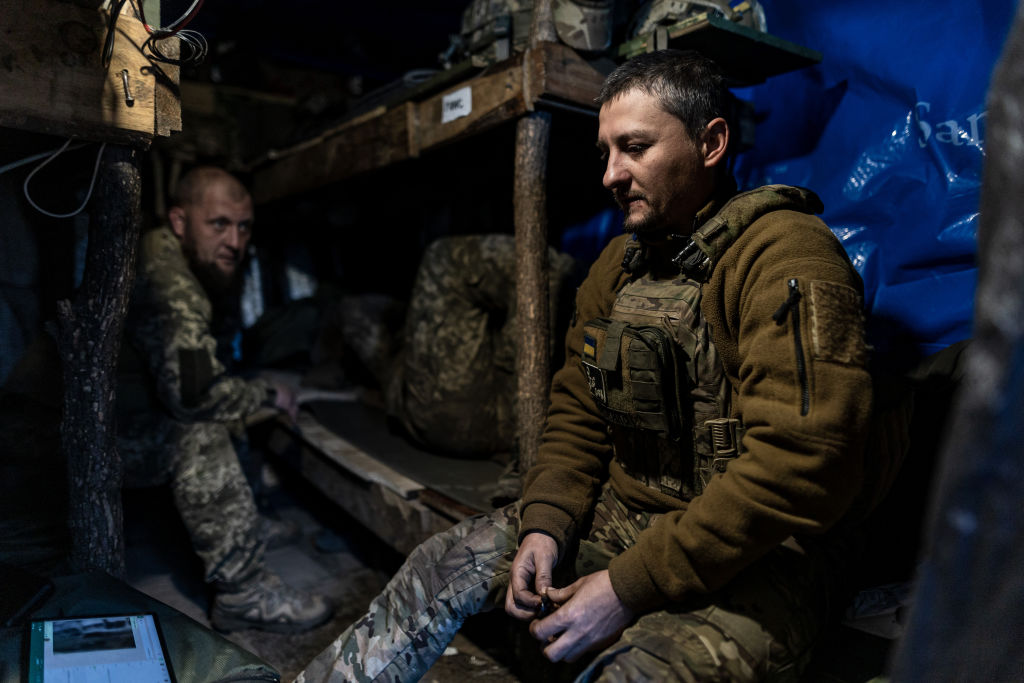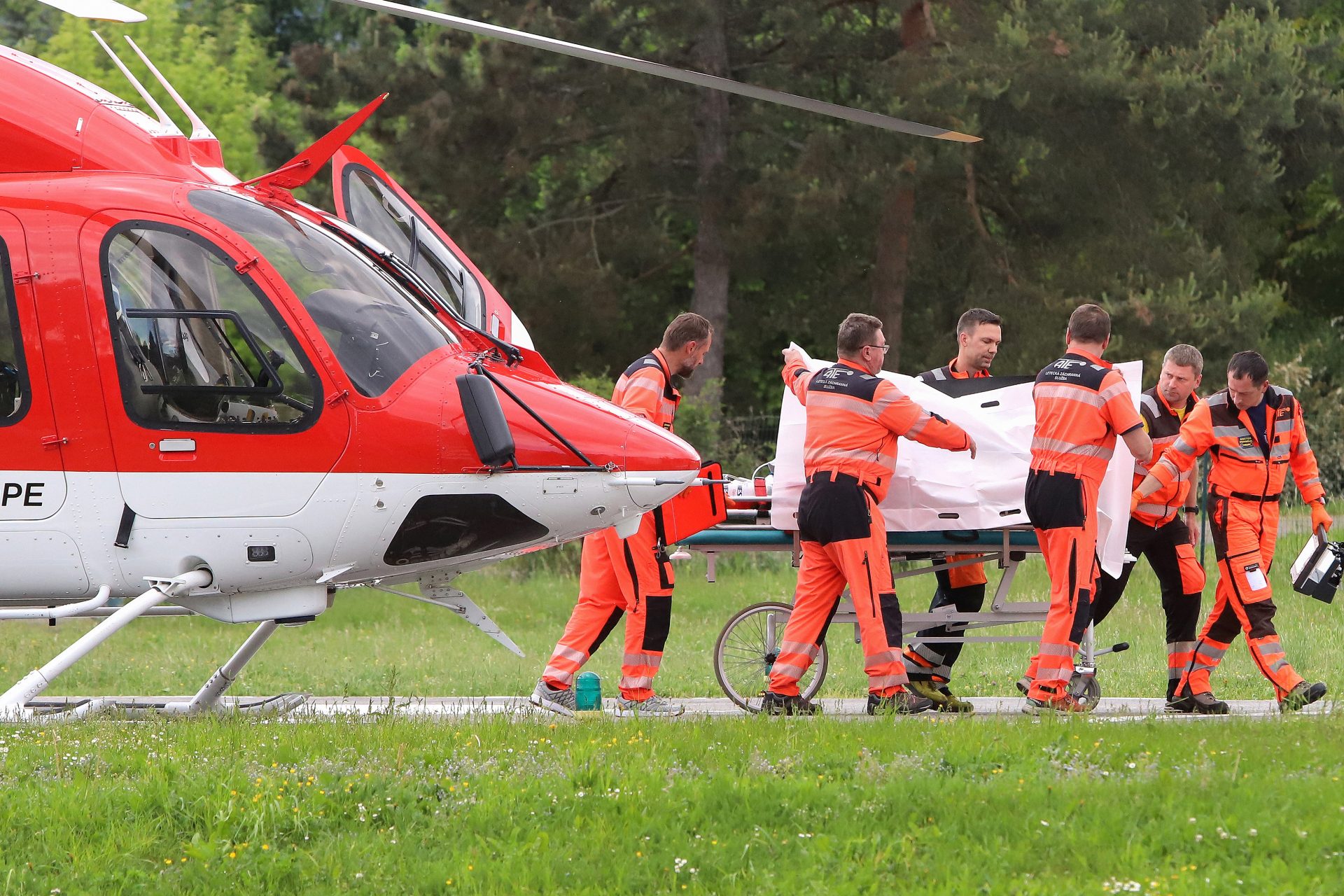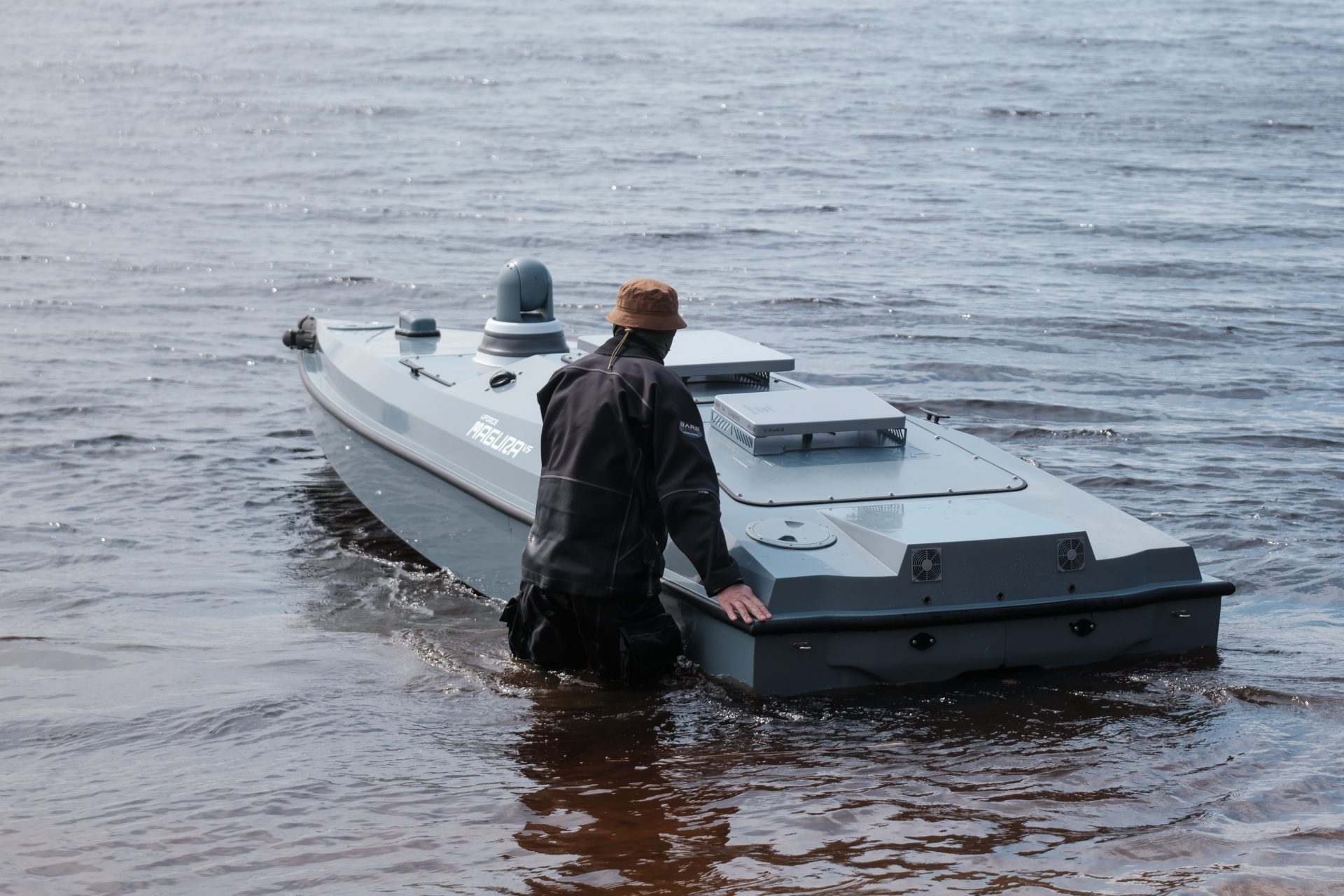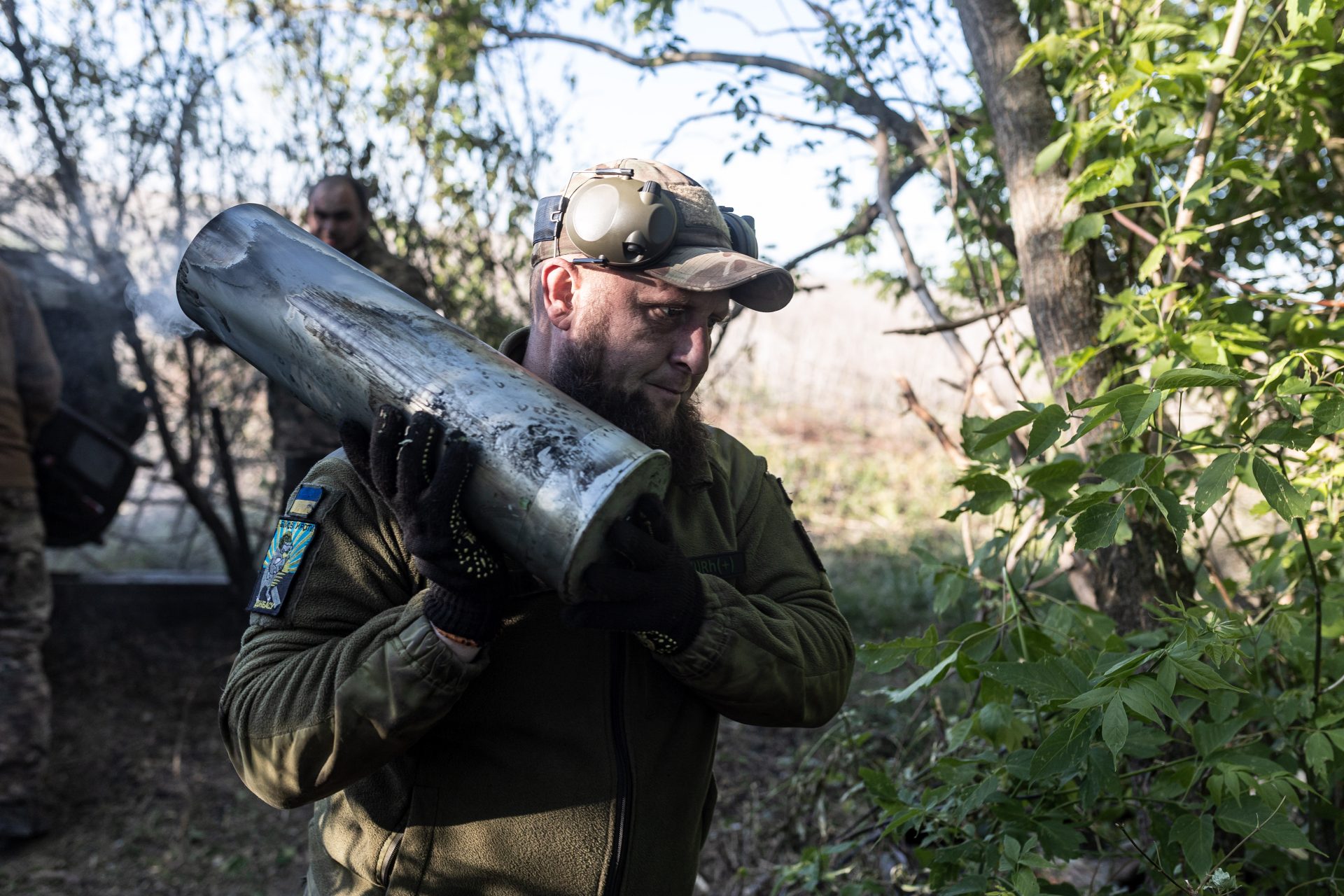How Covid-19 changed the way we speak
The coronavirus has brought many changes to our lives. Nothing will be the same. Beyond the virus itself, the pandemic has also introduced new words that were pretty rare, but now we use them in everyday conversation.
The word “pandemic” itself was not part of our common parlance before 2020. Maybe "epidemic" was more common but "pandemic", which is an epidemic that has spread across different communities or regions, feels pretty new. Let's see what other words the pandemic has also taught us.
The coronavirus has been at the center of everything that has been going on over the past two years. The virus gets its name from the crown-like (corona) appearance that can be seen when observed through a microscope. It comes from an unknown animal, and its transmission to humans caused the chaos we're all living in.
This once-obscure city in China is where it all began. According to a study published by Science, the first Covid-19 infection happened in a wet market located in Wuhan. This caused the whole world to change forever.
First, the old-fashioned “quarantine” was used to describe how everyone had to stay home to avoid spreading the virus.
When it was clear that the virus would last far more than 40 days, the more appropriate “lockdown” took over.
Face masks were something only seen in very specific environments, such as in hospitals or worksites, where there was a risk to of exposure to toxic fumes. Now it has become one of the most iconic symbols of life under Covid-19.
When the idea that we all had to be a few feet away from everyone else was announced, it sounded pretty alien. However, people got used to “social distancing” as soon as the true scope of the pandemic could be appreciated.
Zoonosis is an animal infection or disease that can be transmitted to people. Some people have speculated that bats or pangolins could be the origin of the coronavirus, but the truth is that nobody is certain. Perhaps we will never know.
During the first wave of the pandemic, the goal was “flattening the curve” amidst the skyrocketing number of casualties and very little knowledge of the virus. The only measure the governments could do was make everyone stay at home, hoping Covid-19 cases would go down.
Encyclopedia Britannica defines “cumulative incidence” as an “estimate of the risk that an individual will develop a disease”. This is usually calculated by dividing the number of cases for every 100,000 inhabitants. The arrival of the Omicron variant has increased the number of cases to unthinkable levels.
People against vaccines already existed before, presumably somewhere in the vicinity of flat-earthers, but they got into the eye of the storm by loudly proclaiming their beliefs. Some of these include the idea that there's a global conspiracy to put microchips in people through the vaccine.
It was originally believed that Covid-19 was spread through droplets we release in our saliva. Then it was discovered that the virus is also airborne, meaning that it remains suspended in the air, where anyone can catch it for hours.
Having a wooden swab stick put up your nose has become a nasty, unavoidable experience in the past years. PCR tests (which stands for Polymerase Chain Reaction), are a standard procedure to detect if there's a virus living in your organism.
Despite being less certain than the PCR tests, the arrival of the antigen rapid tests to the pharmacies has allowed many people to see for themselves if they are infected without the risk of going out.
Pneumonia needs no introduction, but the outbreak of Covid-19 has shown new ways that the disease can affect people. Double pneumonia, the infection of both lungs, is one of the most serious and life-threatening ailments of the coronavirus.
Walking pneumonia, also known as atypical pneumonia, is something new we also learned with Covid-19. It can go on without the person realizing there's something wrong with their lungs until it's too late.
The World Health Organization admitted on December 2021 the existence of “Long Covid”, symptoms that remain with former patients long after the virus has come and gone. These vary but include extreme fatigue, mental fog, muscle pain, and migraines, among others.
More for you
Top Stories































